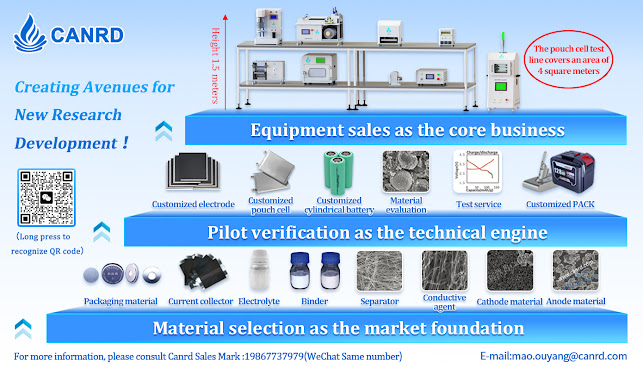The "Breathing Technique" in Lithium Battery Baking: Decoding the Core Technology of Nitrogen Cycle
Why is nitrogen circulation introduced in the vacuum baking of lithium batteries? The seemingly safe inert gas actually hides the risk of condensation! Behind the efficiency improvement is the ultimate control of the "breathing rhythm" by precision technology - this article deciphers the game logic of nitrogen filling, dehumidification and risk prevention and control.
Is it necessary to introduce nitrogen circulation during vacuum baking of battery cells? When filling with nitrogen, the pressure inside the cavity will change. Will the moisture condense again and affect the baking effect?
1. The core purpose of nitrogen circulation in baking
After vacuuming, nitrogen is filled in to destroy the internal air pressure balance, forcing the moisture to be discharged with the nitrogen (such as the "intermittent breathing" process). Literature data shows that the effect improves the drying efficiency by about 30%.
Nitrogen isolates oxygen, preventing oxidation of active materials or deterioration of electrolyte at high temperatures.
During the atmospheric or slightly pressurized stage, hot nitrogen circulation enhances the uniformity of heat transfer.
2. Nitrogen filling pressure change and water condensation risk
Anti-condensation conditions:After nitrogen filling, if the chamber temperature is lower than the dew point temperature corresponding to the current pressure, water vapor will condense. However, in the actual process, nitrogen filling is mostly in the baking stage (temperature ≥ 80°C). At this time, even if the pressure rises to normal pressure (such as -0.085MPa → normal pressure after nitrogen filling), the saturated vapor pressure at the actual temperature is still much higher than the actual water partial pressure, and the vaporized water will not condense.
For example, the following process can be used in actual production: the system is cooled to the set temperature (heating is stopped) before being filled with 0-5°C cold nitrogen, and the pressure is reduced again by rapid vacuuming (maintaining pressure for 30-240s) to ensure that critical condensation conditions are not reached.
3. Why are different types of baking ovens not filled with nitrogen during the vacuum stage?
Vacuum stage:Mainly rely on vacuum pump to continuously evacuate air (pressure ≤ 20Pa). At this time, filling with nitrogen to break the vacuum will reduce efficiency.
Nitrogen filling stage: Usually only used in the preheating or cooling process (such as Yang Zhiming’s pulsating preheating process), rather than the core vacuum drying period.
The heat source directly contacts the battery cell, no gas heat transfer medium is required, and nitrogen filling is only used for breaking vacuum or cooling.
4. Nitrogen pressure and process adaptability
Baking method | Nitrogen use stage | Principles and advantages |
|---|---|---|
Contact heating | Nitrogen filling only during cooling phase (normal or low temperature) | Avoid vacuum disturbance during heating phase |
Hot air circulation | Hot nitrogen filling during preheating or vacuum breaking | Increase the heating rate and replace moisture |
Tunnel continuous baking | Pulsating nitrogen filling to break vacuum during preheating stage | Staged dewatering (discharge some free water first) |
Key conclusions
Canrd Brief Introduce
Canrd use high battery R&D technology(core members are from CATL) and strong Chinese supply chain to help many foreign companies with fast R&D. We provide lab materials,electrodes, custom dry cells, material evaluation, perfomance and test, coin/pouch/cylindrical cell equipment line, and other R&D services.
Email:janice@canrd.com
Phone/Wechat/WhatsApp/Skype:+86 18928276992
Website : www.canrud.com









No comments:
Post a Comment